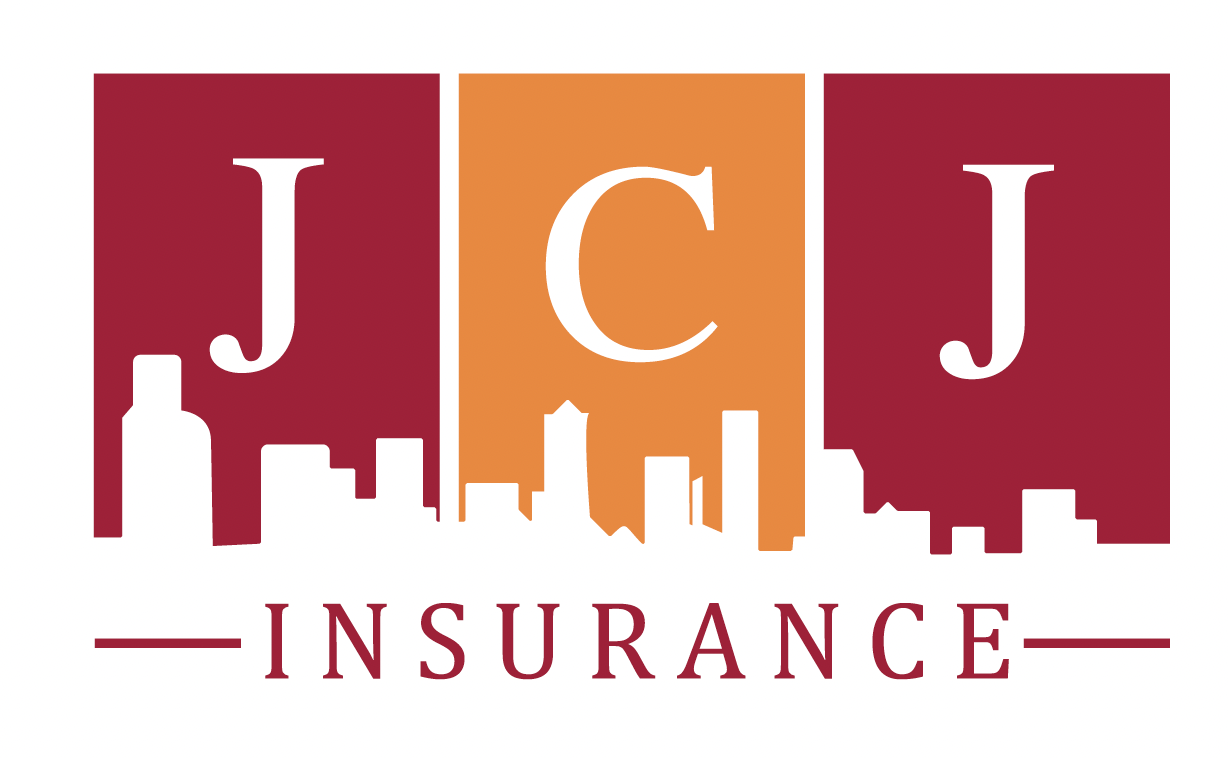By Kevin J. Collins and Willem Van Hemert, P.E., F.NSPE
This article originally appeared in The Magazine for Professional Engineers, September|October 2015
Professional liability coverage is the financial protection for professionals against the mistakes they can make while doing their everyday jobs. Just as doctors have medical malpractice insurance to defend themselves against lawsuits, other types of professionals-such as architects, engineers, real estate agents, and technology professionals-need protection in case they make an error or omission on the job. Professional liability insurance is a very important part of the design professionals’ risk management strategy because it provides defense coverage of claims and pays for claims resulting from errors and omissions, in accordance with the terms of the policy.
Why do I need professional liability coverage?
Even though professionals always try to do their best for their clients, mistakes do happen. And in such a litigious society, lawsuits have become an inevitability. Professional liability coverage not only pays judgment costs, it also prepares you for a lawsuit by paying claims defense costs. After all, even the fraudulent claims cost your business money.
With that in mind, the landscape for professional liability insurance coverage continues to evolve. In recent years, there has bene a number of new entrants providing PLI coverage (there are over 50 reported providers of PLI for design professionals), making rates very competitive. But buyers of PLI coverage should be aware that not all policies provide the same coverage and may include some critical exclusions.
Here are some key elements that you should be aware of when purchasing your insurance.
Coverage Exclusions for Claims Involving:
- Pollution incidents. Coverage can vary from very broad protection to no coverage. Be aware of limitations on coverage for professional services only, limitations on claims to bodily injury/property damage only (therefore no coverage for economic damages/cleanup costs), and limitations on claims based on project location (no coverage for transportation, disposal);
- Asbestos;
- Silica; and
- Mold.
Coverage Exclusions for Certain Types of Projects Including:
- Wastewater treatment facilities;
- Nuclear facilities (excluded in almost all policies);
- Naval architecture;
- Construction management including at-risk CM, design-build, and other arrangements of CM services;
- Certain projects involving multifamily housing including condominiums; and
- Geotechnical services.
Coverage Exclusions for Claims from Certain Ancillary Services
- Claims related to providing construction cost estimates;
- Claims related to scheduling services;
- Claims resulting from providing advise regarding insurance and/or bonding requirements; and
- Claims resulting from cyber-related activities, including setting up project websites, making work products available on the Internet, divulging sensitive client information, and so forth.
Policy Provisions that Could Impact Coverage
- Use of retroactive date to limit coverage to a certain period of time. Retroactive date should go back to when firm first had PLI coverage in place. This is important when switching carriers;
- Use of Hammer Clause. This limits coverage of a claim to a settlement amount negotiated with the claimant although not acceptable to the insured;
- Limitations on coverage due to project location (non-worldwide coverage);
- Limitations on coverage based on ownership in project by insured (usually 25%);
- Difference between excess and surplus carriers an admitted carriers;
- Provisions for free “preclaims” assistance by carrier; and
- Carrier’s financial strength (AM Best rating) and size (ability to sustain large losses).
When purchasing PLI, it is important that the insured review the policy with their broker and risk management group to be sure that the firm is obtaining broad coverage that meets the needs of their practice exposure. A lower premium may sound tempting, but don’t sell yourself short on this critical risk management tool.
Kevin J. Collins is a senior vice president with Victor O. Schinnerer & Co., and has over 25 years of experience working with design firms and other construction-related professional services firms on issues of professional liability exposure and business risks.
Willem Van Hemert, P.E., F.NSPE, is a member of the NSPE Professional Liability Committee and a principal/civil engineer at CRW Engineering Group LLC in Anchorage, Alaska
